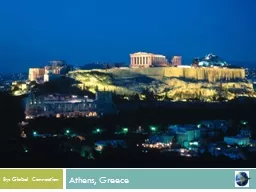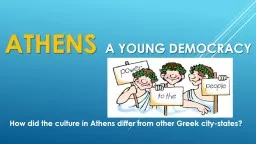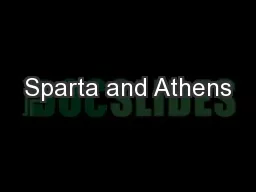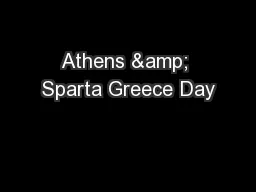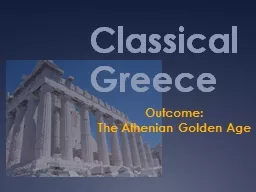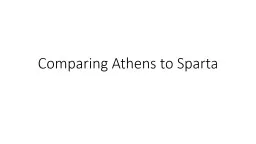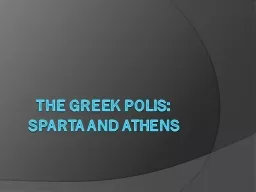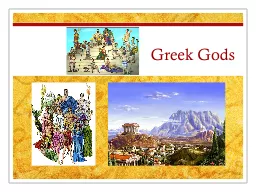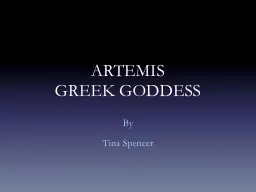PPT-Athens and Its Goddess
Author : lindy-dunigan | Published Date : 2016-06-14
By Kayla Maedche HIS 325 The Birth of a Goddess Parents Zeus and Metis Zeus swallowed his wife Hephaestus split Zeus head Fullygrown and armed Wisdom head of Zeus
Presentation Embed Code
Download Presentation
Download Presentation The PPT/PDF document "Athens and Its Goddess" is the property of its rightful owner. Permission is granted to download and print the materials on this website for personal, non-commercial use only, and to display it on your personal computer provided you do not modify the materials and that you retain all copyright notices contained in the materials. By downloading content from our website, you accept the terms of this agreement.
Athens and Its Goddess: Transcript
Download Rules Of Document
"Athens and Its Goddess"The content belongs to its owner. You may download and print it for personal use, without modification, and keep all copyright notices. By downloading, you agree to these terms.
Related Documents


